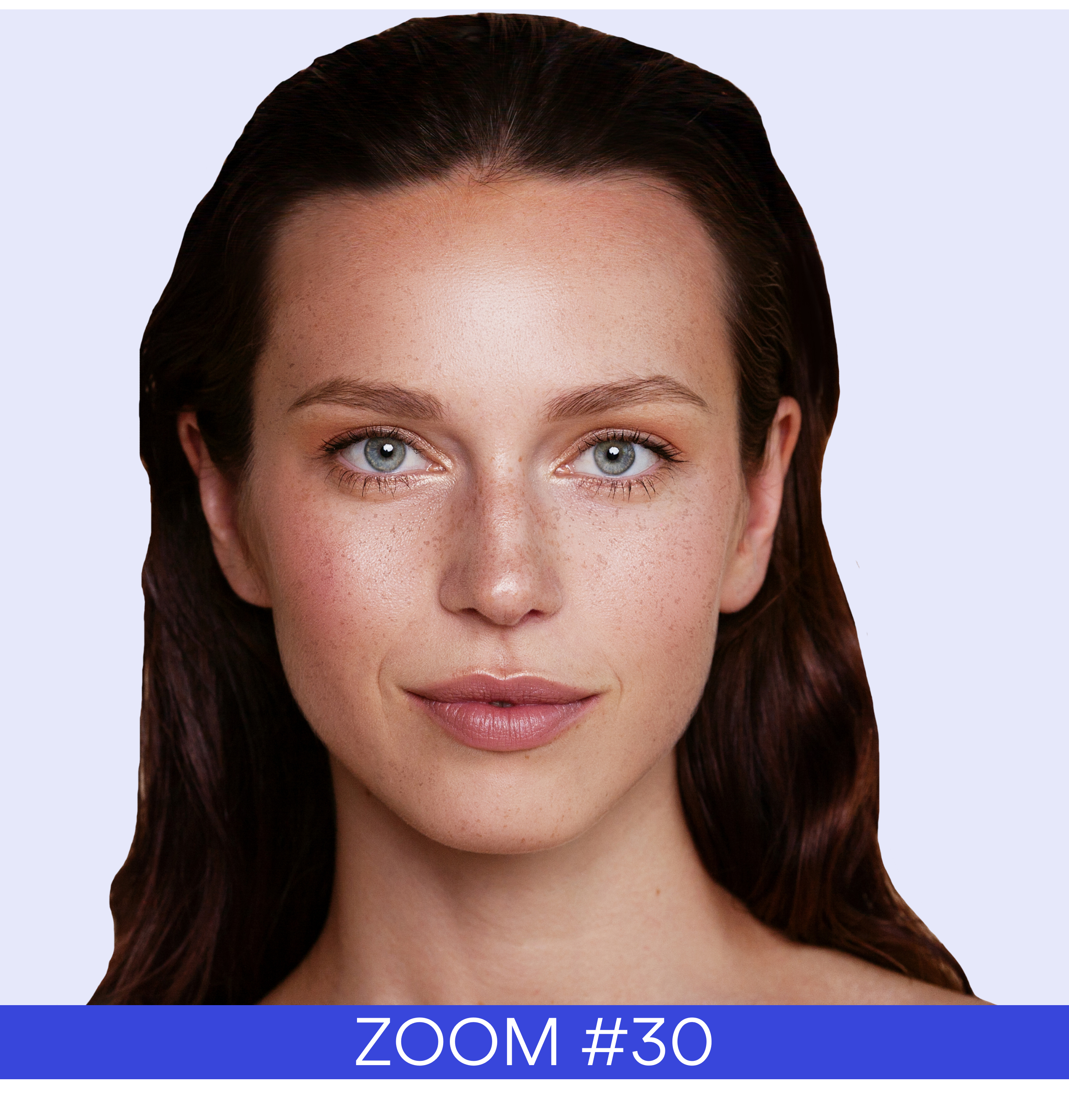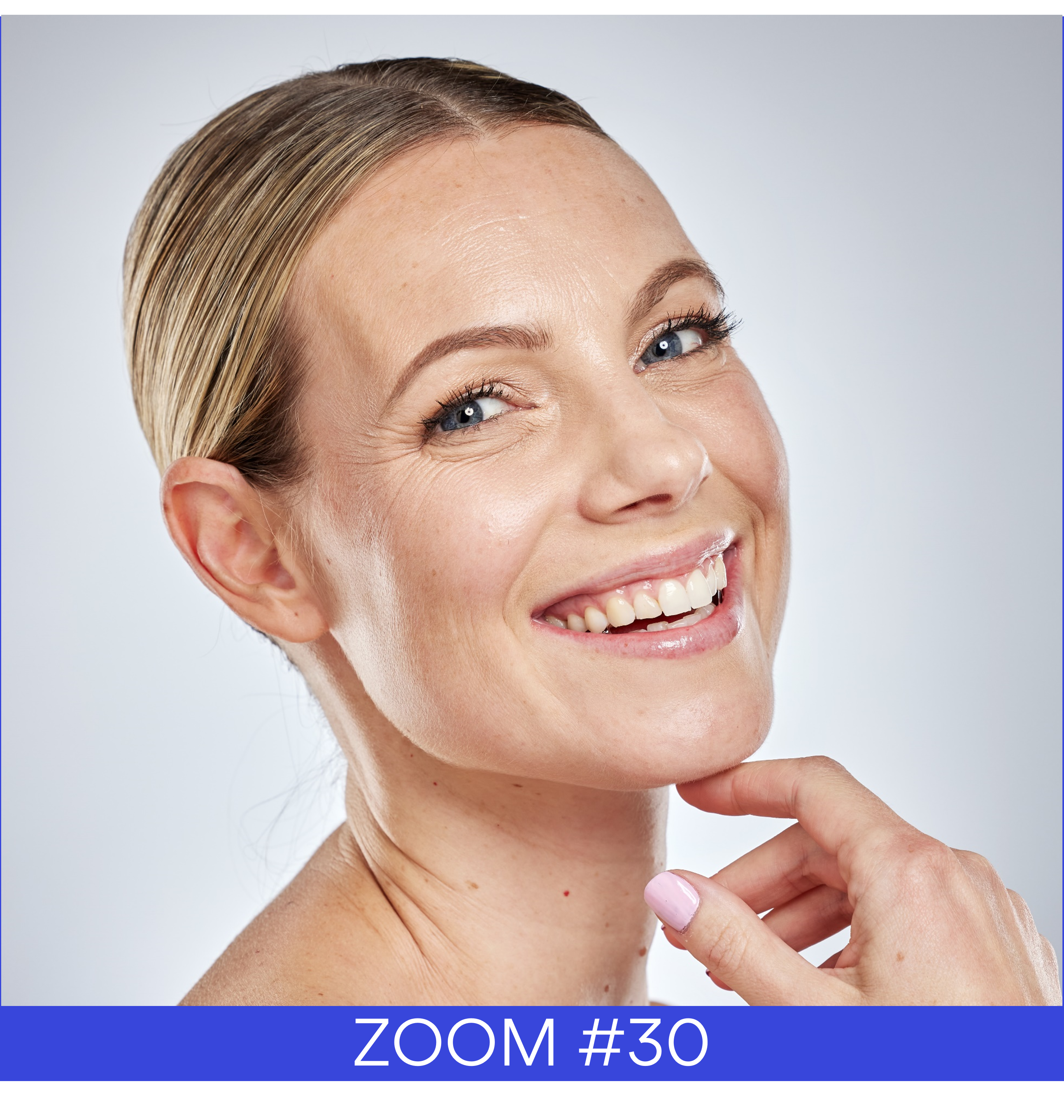Since the discovery of the intestinal microbiota, the question of the skin microbiota (micro-organisms, bacteria, viruses, fungi, yeasts), is under every lip. 100 trillion of bacteria are living in our bodies and everybody wants to know more about the impact of the cosmetics use on the skin bacteria
ecosystem and how these phenomena can be measured?
The microflora is usually subdivided in two groups that generally co-exist in a balanced manner:
- the transient flora, saprophytic and pathogens microorganisms whose proliferation tends to negatively
impact the skin health: Staphylococcus, aureus, Escherichia coli, Pseudomonas aeruginosa and Bacillus
species… - the resident flora, pathogenic and commensal microorganisms that live in harmony with the skin cells and biological cycles, with Proteobacteria, epidermidis, S. hominis Propionibacterium, Corynebacterium, Dermabacter, Brevibacterium, Micrococcus, P. aeruginosa, Pityrosporum, Malassezia, Demodex…
This bacteria ecosystem synthetizes a myriad of elements which have an important metabolic activity for our skin health.
It could be necessary to protect, to rebalance and activate it on the cosmetics side. Simply said the aim for personal care could be to reduce the “bad” bacteria and protect the “good” ones! But the notion of “bad” or “good” is relative depending on the physiological state of the skin. Now things are not so simple!
The balance of cutaneous microflora (500 bacteria species) is dependent of the several conditions of its ecosystem: temperature, pH, hormones, light, UV, lipids, proteins, water… It is mainly influenced by the genetic, the lifestyle, the age, the hygiene, and the diet. Each person has their own skin flora composition, distributed from the epidermis until the dermis, which is lifelong qualitatively stable, like a personal microbial footprint.
This skin microflora is fundamental for the skin homeostasis and participates to the immune and barrier functions. Situations where pathogenic bacteria overwhelm commensal bacteria are often associated with drier and sensitive skin conditions. And various bacteria disorders might be considered as a source of cutaneous dysfunctions like acne, eczema or atopic dermatitis modifying this precious balance.
The beauty industry seeks to offer 3 main benefits around the skin microbiota
- The rebalancing,
- The probiotic-like,
- The anti-microbial effects.
What methods exist today to evaluate the cutaneous microbiota thanks to human testing?
As the important intra-individual diversity of the cutaneous flora is also associated with a high level of inter-individual variability, the protocols will compare the skin swabbing of the treated zone and of the non-treated or placebo zone, before and after treatment. It is possible to evaluate the changes balance. To go deeply in this objectivation, is it also possible to study the microbiome and the skin simultaneously and investigate what are the functions and the metabolic pathways impacted.
Two main diagnosis opportunities:
- Counts method at cell level
- Quantitative methods at molecular level
The assays enable the taxonomic analysis of the bacteria, identifying what are the bacteria that can be found. Then the genome of the bacteria to better know their action.
Now a major part of the skin bacteria is known.
• PCRs
• rRNA,
• S16 rDNA + ITS sequencing
• Mass Spectrometry:
• High-resolution Nano LC-MS/MS
• Multi-omics approach
The microbiota will play a key role in the cosmetics of tomorrow. We move towards personalized and preventive cosmetics. Claim substantiation will evolve with the regulation and the products development. We must keep in mind the diversity and the balance of the skin flora in the future developments of actives and personal cares.
Download the complete ZOOM#18 : ZOOM#18-Microbiota-Preclinical-testing.web










 Follow us on Linkedin!
Follow us on Linkedin!
You must be logged in to post a comment.